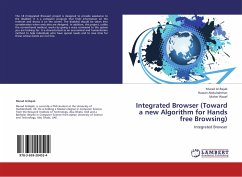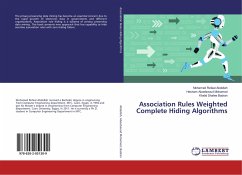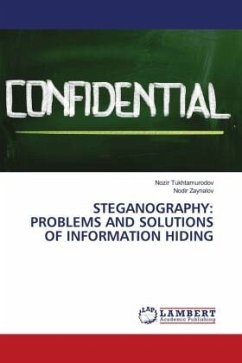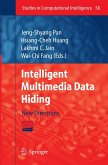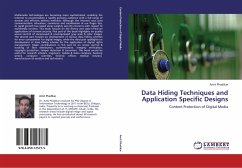Due to the breakthrough of advanced technology, namely digital signal processing including all kinds of digital media and the Internet, a vast field has been opened up for steganographic purposes, wherein, a digitized data often includes redundant and unnoticed data spaces that can be manipulated to hide messages. Thus, the art of hiding information without being detected by unauthorized person(s) came to the fore. The efficiency of this process was measured by the ability of embedding hidden data in a certain image without causing any kind of image degradation and altering the redundant bits of an object without the alteration being detected easily. To achieve this, the book proposes a more secure algorithm which aims to reduce the number of changes happened to the Least Significant Bits of the image binary representation when a maximum text data is being embedded into the image. As a result, the number of distortions of our proposed algorithm becomes lower than that of the traditional LSB algorithm when we embed a maximum text data in the image, which makes our proposed technique more efficient and secure than the traditional LSB technique.
Bitte wählen Sie Ihr Anliegen aus.
Rechnungen
Retourenschein anfordern
Bestellstatus
Storno


